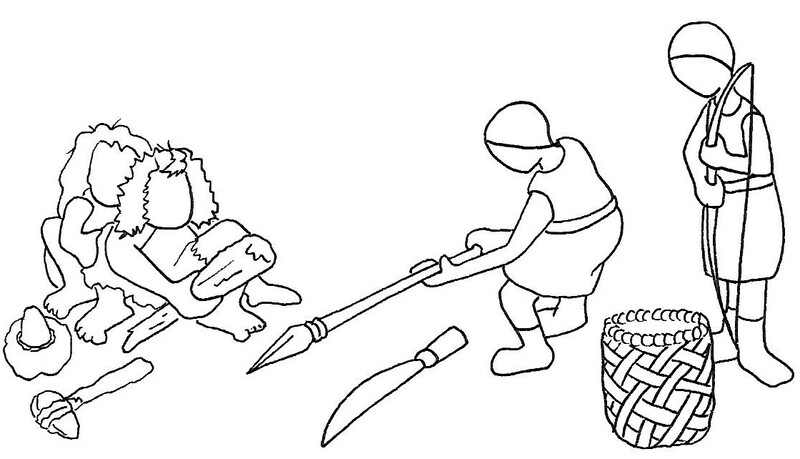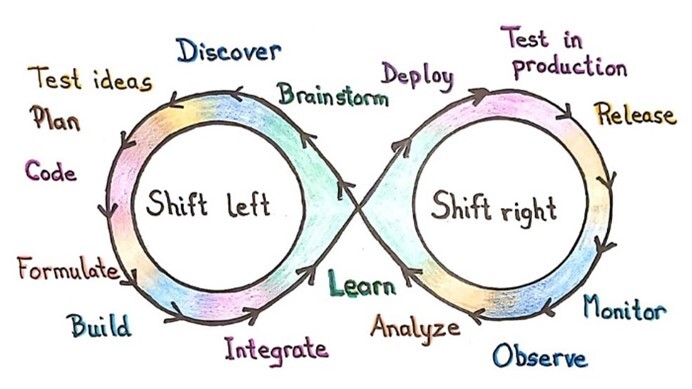When we work in isolation, we risk losing the best part of an idea. By sharing our ideas – even the half-baked ones – we can spark conversations that grow them into something valuable for ourselves and our community. We’ve heard from leading practitioners that incorporating others’ ideas into your own and working with a diverse group of people spurs innovation.

Our work together is a case in point. After we joined our first Extreme Programming teams, we shared ideas and practices from each of our teams and evolved new ideas together. We also shared these with other practitioners, who added their own insights.
For example, back in 2003 Janet had a conversation with Brian Marick and Bret Pettichord at the end of a long day of a conference. Brian was explaining this idea he had for a taxonomy of testing types for agile development. After many questions and much conversation, this taxonomy grew into Brian’s agile testing matrix.
We both used the matrix with our own teams and evolved our own version which we used (with Brian’s permission) in our first book Agile Testing: A Practical Guide for Testers and Agile Teams. Not only have we continued to evolve our quadrants model, but other people have created their own adaptions (you can see some of them in Chapter 8 of More Agile Testing, which you can download from our website.)
More recently, Dan Ashby created a new model he’d evolved for “left” and “right” testing cycles. He said it was inspired by a shift left – shift right testing diagram Janet created. Janet’s model (below) was inspired by Dan’s original continuous testing blog post and model.

The resulting Twitter conversation spawned a meeting between Janet, Dan and Rob Meaney to clarify and challenge these ideas to create better ones. The outcomes of that discussion has been shared in Janet’s blog posts, and went on to become the Holistic Testing model that we talk about in our downloadable mini book Holistic Testing: Weaving quality into your product. No doubt it will trigger more ideas by other practitioners.
Anne-Marie Charrett has built upon it with her product excellence model. This represents a holistic view of quality across discovery, delivery and support. It focuses more on product quality, rather than process quality.
These are examples showing the power of sharing ideas with others. When a person has the courage to put their thoughts out in public, inviting conversations, one idea can become something bigger.
Even small conversations can have a huge impact in a team or even on an organization. It starts with one person being brave and sharing their idea – making it visible and inviting others in. Make it grow!
Note: If you want to know more about continuous testing models, you can check out Lisa’s blog post. https://lisacrispin.com/2020/11/01/shifting-left-right-in-our-continuous-world/)